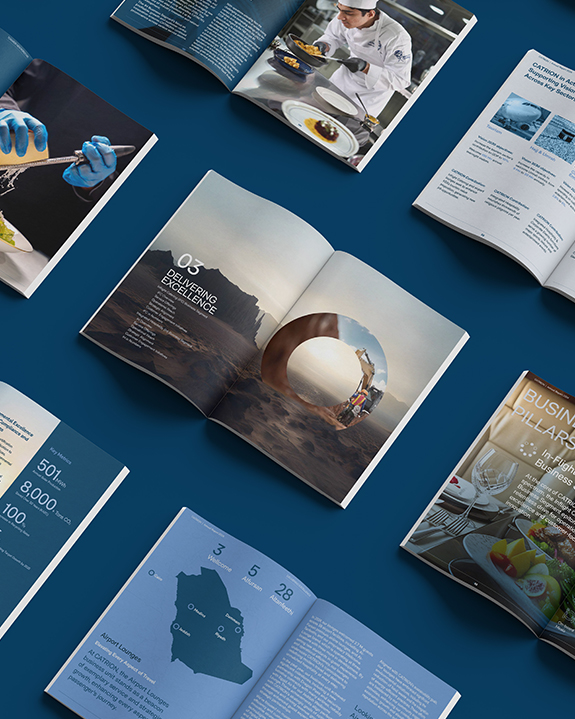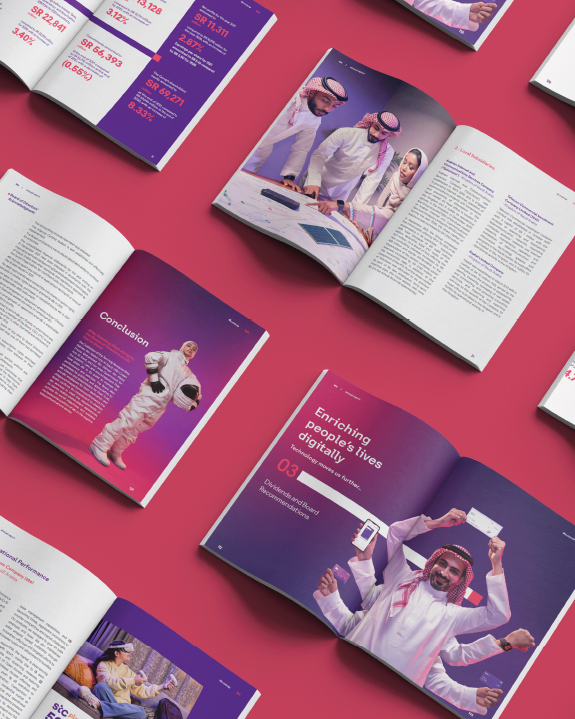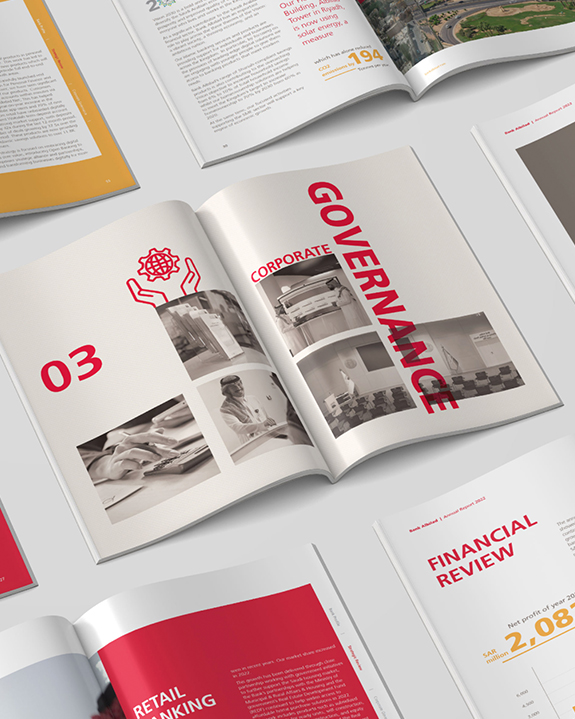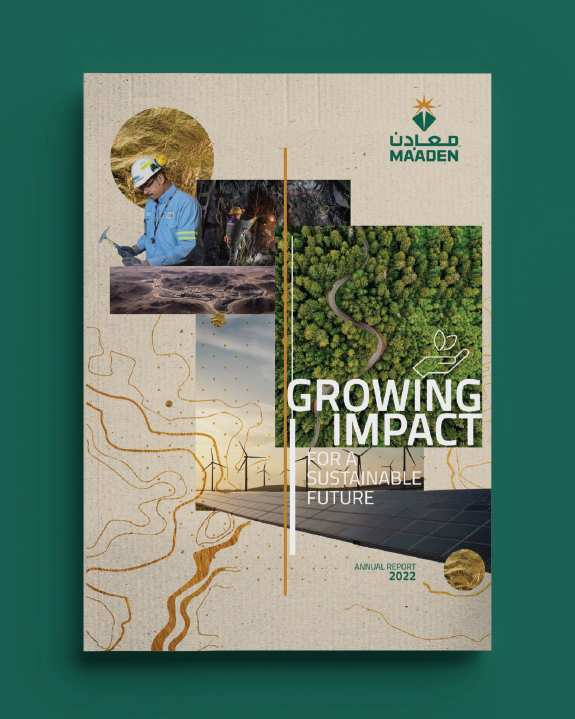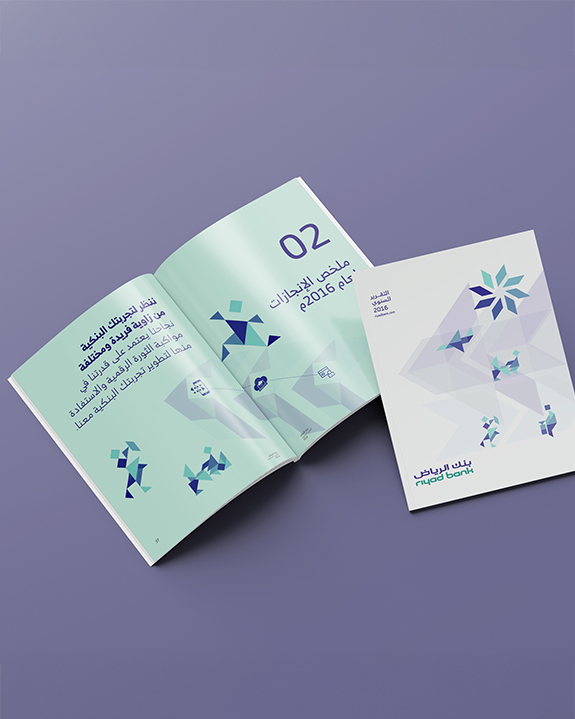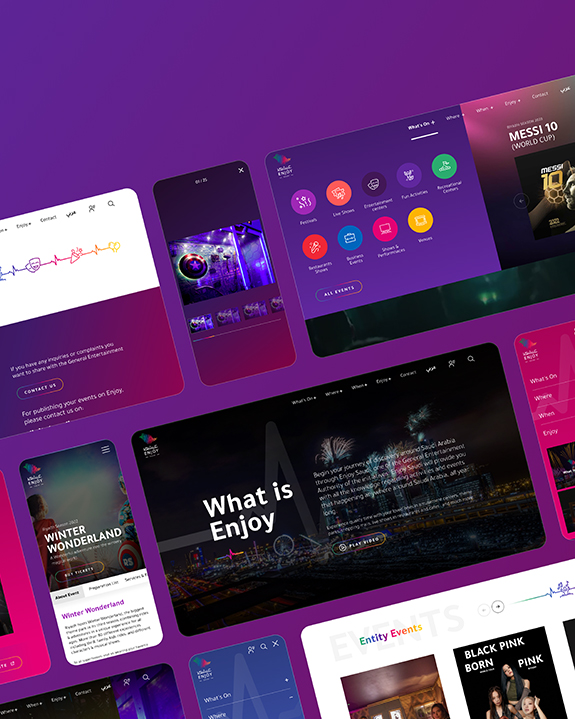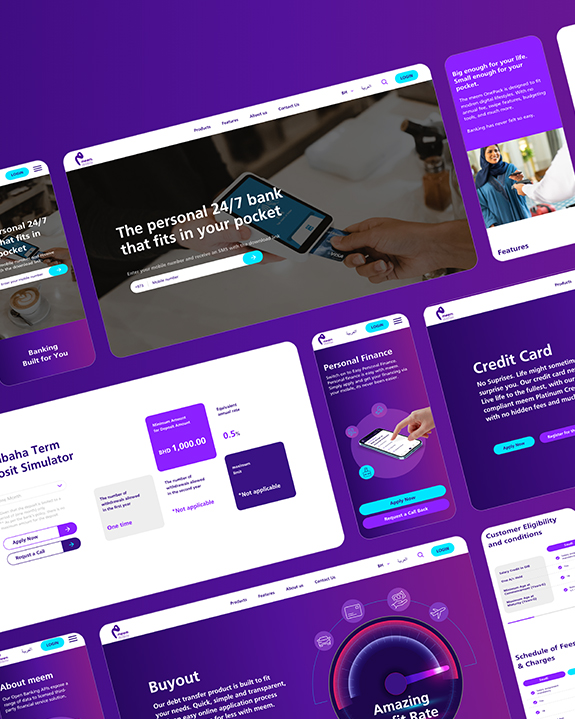Digital transformation
without orchestration is
noise.
An experience operating
system turns it into harmony.
One department launches a new mobile app. Another updates the corporate website. A third runs a marketing campaign. Each is well-intentioned, yet the customer experience feels disjointed.
This is a common challenge for large organizations in Saudi Arabia, the UAE, Bahrain, and across the GCC.
Digital transformation projects are happening everywhere, but without a unifying framework, they often create more complexity than clarity. What enterprises need is an Experience Operating System, a strategic architecture that connects every touchpoint into a seamless, intelligent whole.
What Is an Experience Operating System?
Just as your laptop or phone needs an operating system to run apps smoothly, your organization needs a framework that orchestrates every interaction, channel, and experience.
An Experience OS brings together digital platforms, brand experience design, AI-driven intelligence, and governance, ensuring that every part of the business delivers in sync. It’s not a single piece of software.
It’s a living architecture, supported by technology, design systems, and leadership alignment, that ensures:
Every touchpoint shares the same brand DNA
Data flows securely and seamlessly between systems
Customers, citizens, and investors receive consistent, relevant experiences at every stage
Without an Experience OS,
these initiatives risk
becoming disconnected
efforts rather than a
coherent brand ecosystem.
Core Components of an Experience Operating System
At Spark, we see four essential layers that make an Experience OS work
| Layer |
Purpose |
Strategic Impact |
| Shared Data Layer |
Centralized, secure, and accessible to all relevant teams |
AI-powered personalization and predictive service delivery. |
| Design System |
Unified library of components, patterns, and guidelines maintained by your brand experience design team |
Ensures consistency, speeds development, and protects brand integrity Enables dynamic, context-aware user journeys |
| Intelligence Layer |
Does it make it easier for the user to achieve their goal with minimal effort? |
Enables dynamic, context-aware user journeys |
| Governance Model |
Clear rules, roles, and workflows that span departments |
Prevents silos, enforces accountability, and aligns cross-functional execution |
The Commercial Benefits
An Experience OS delivers measurable impact across industries
Speed to Market
Shared frameworks mean new features or products can be launched faster, whether in banking, telecom, or e-commerce.
Operational Efficiency
Reduces duplication of effort across design, development, and content creation.
Consistent Brand Experience
Builds trust and familiarity across every customer interaction.
Scalable Innovation
New technologies and services can plug into the system without disrupting the whole.
How to Build Your Experience Operating System
Transformation starts with clarity and alignment.
Audit Your Current Landscape
Map all platforms, channels, and customer journeys. Identify duplication, gaps, and inconsistencies.
Align on a Unified Vision
Leadership across departments must agree on shared goals, priorities, and governance.
Establish Core Infrastructure
Invest in digital products and platforms that support interoperability and scalability.
Build the Design and Data Foundations
Create a shared design system and central data infrastructure before layering on AI capabilities.
Embed Continuous Improvement
Treat your Experience OS as a living framework, regularly refined to meet changing customer expectations in the GCC market.
Why Design Systems Are the Backbone of Experience OS
Design systems are visual tools, but also strategic enablers.
n an Experience OS, a design system ensures that every product, platform, and campaign feels like it belongs to the same brand. It accelerates development, reduces inconsistency, and strengthens brand equity.
Here’s what it includes:
Reusable components
Buttons, forms, layouts, and interactions that behave consistently
Brand guidelines
Typography, color, tone, and imagery that reflect your identity
Accessibility standards
Ensuring inclusive design across languages, devices, and user types
Documentation and governance
So teams can build confidently without reinventing the wheel
Don’t build around tools,
build around intent. That’s
how real experience systems
take shape.
From Fragmentation to Orchestration
Without an Experience OS, digital transformation becomes a patchwork, with each team solving its own problem in isolation.
But when systems are orchestrated:
Marketing knows what product is launching next
Customer service sees the full user journey
Designers and developers build from the same playbook
Leadership can measure experinece quality across the board
This shift from fragmentation to orchestration is what turns digital projects into strategic advantage.
GCC Case for Action
The competitive edge in the next five years won’t belong to the organization with the most digital projects.
It will belong to the one that can orchestrate all of them into a seamless whole.
In the GCC, where customer expectations are shaped by both world-class service standards and local cultural nuance, an Experience OS delivers more than operational efficiency, it is essential for long-term strategic growth.
Personalization That Performs Not Just Promises
In the GCC, personalization is an expectation.
Customers want services that speak their language, anticipate their needs, and adapt to their context.
But personalization without structure leads to inconsistency.
That’s where an Experience Operating System becomes essential.
With a shared data layer and intelligence engine, enterprises can:
Deliver regionally relevant experiences
From Arabic-first interfaces to culturally attuned messaging
Adapt in real time
Using behavioral signals to adjust content, offers, and flows
Scale personalization across channels
Ensuring that mobile apps, websites, and service centers all reflect the same understanding of the user
Maintain trust
By aligning personalization with governance and privacy standards
Real personalization is
about knowing what
matters, when it matters.
Experience Is the New Infrastructure
Your operating system determines the quality of your device.
Your Experience Operating System determines the quality of your brand.
At Spark, we work with enterprises in Saudi Arabia, the UAE, Bahrain, and across the GCC to design Experience OS frameworks that combine strategy, branding, UX/UI, AI solutions, and governance ensuring that every interaction contributes to a coherent, trusted, and future-ready experience.












